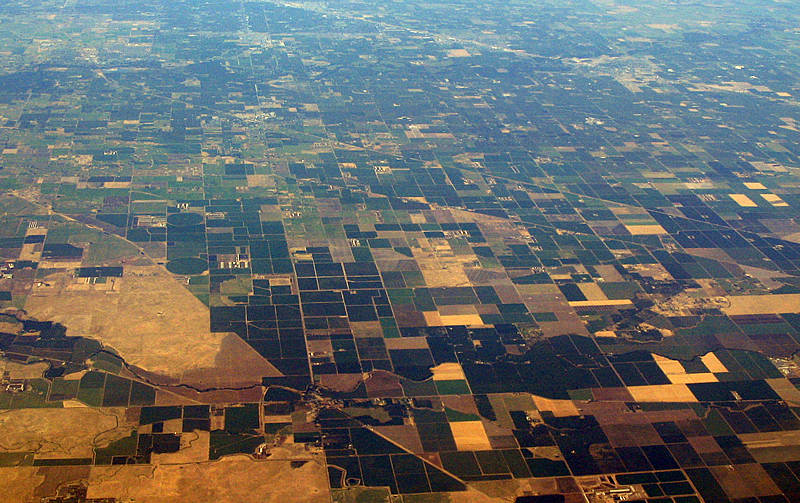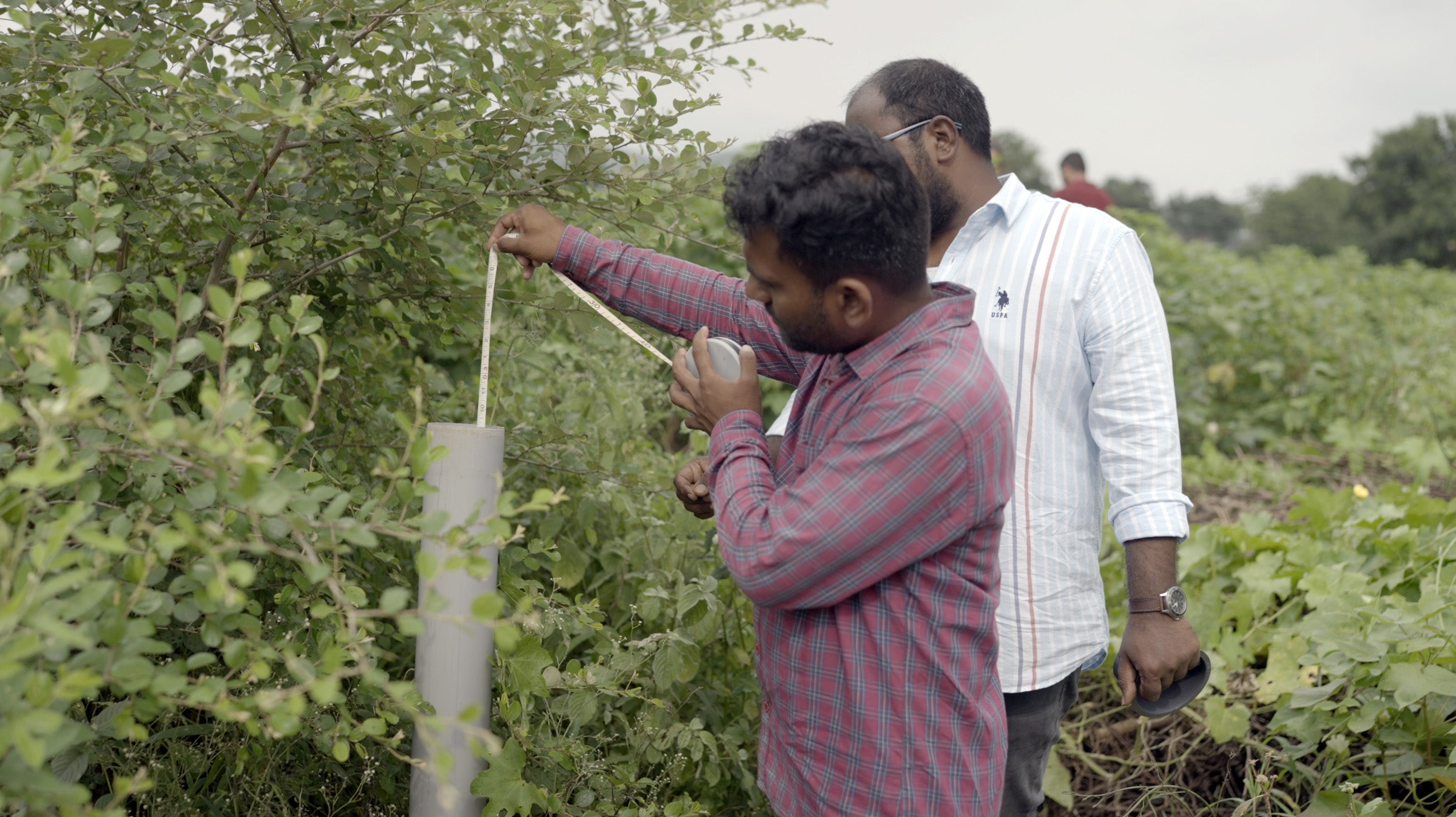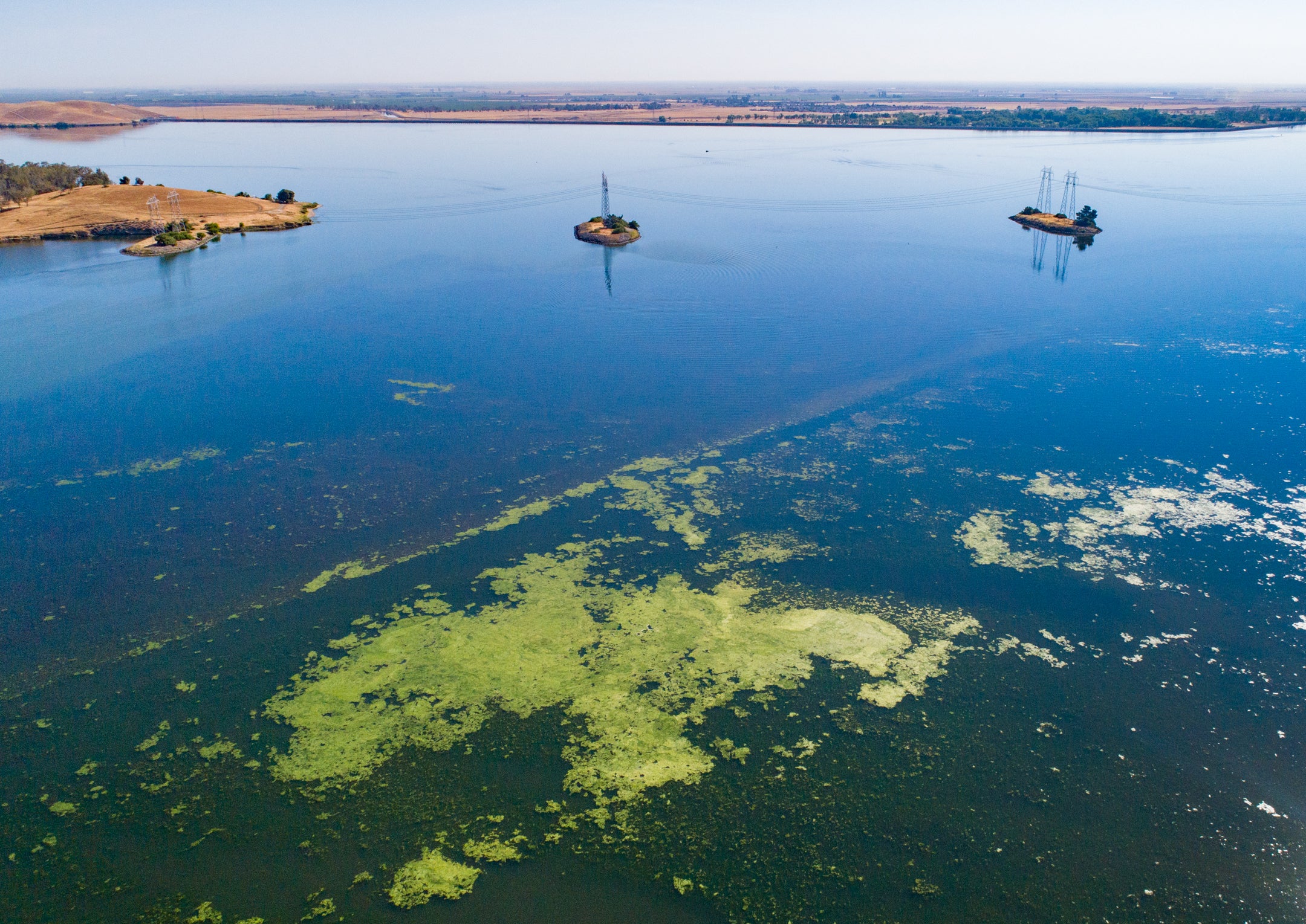
As California and the broader Western U.S. brace for an increasingly unpredictable water future, the release of the 2024 Annual Multibenefit Land Repurposing Program Report underscores the viability of land repurposing as a key climate adaptation strategy. California’s Multibenefit Land Repurposing Program (MLRP) plays a vital role in facilitating the transition of irrigated agricultural land toward uses that reduce groundwater demand while providing community and environmental benefits. Launched by the Department of Conservation (DOC) in 2022, this program is strategically focused on shifting irrigated agricultural land toward uses that reduce groundwater demand while delivering community and environmental benefits.
In just two years, MLRP has awarded over $75 million in block grants to eight regions spanning 3.3 million acres, including more than 120 underserved communities. With more than 100 partner organizations involved, the program is gaining traction as a model for collaborative, locally driven land use planning in areas that are bringing groundwater use into balance.











